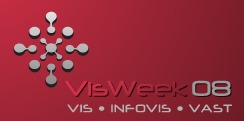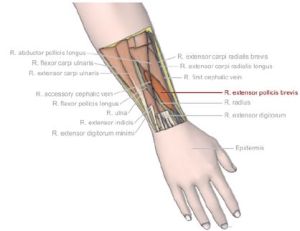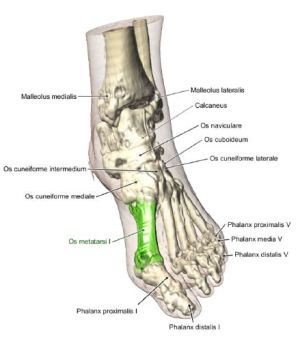Posts Tagged ‘illustration-inspired visualization’
IEEE Visualization 2008 papers review
Here’s a really late review of some of my favorite papers from the IEEE Visualization 2008 conference.

IEEE Visualization Conference
Size-based Transfer Functions: A New Volume Exploration Technique – Carlos D. Correa, Kwan-Liu Ma
The idea is to automatically color various features of a dataset based on the local scale of the features. Reading their paper and looking at their amazing images make their techniques seem deceptively easy. You have to only see some of Carlos’ previous work to realize that his visualizations are always impressive and his papers easy to read.
Direct Volume Editing – Kai Bürger, Jens Krüger, Rüdiger Westermann
This paper introduces interactive volume editing. The idea is to allow a user control over the visual appearance of a volume, much like an image editor allows you to edit an image. Here they allow for interactive editing of the volume which includes annotation, coloring and much more. Some of their results are just amazing and could easily pass off as hand-drawn illustrations.
VisComplete: Automating Suggestions for Visualization Pipelines – David Koop, Carlos E. Scheidegger, Steven P. Callahan, Juliana Freire, Cláudio T. Silva
This paper is from a long series of papers that showcase the strength of provenance. VisTrails was first introduced at the IEEE Visualization 2005 conference with a demo given by Carlos Scheidegger at the VTK Birds-of-a-Feather session. Since then, not only has it blossomed into a complete and extremely useful product (and spawned a company, VisTrails Inc.). They have published some award winning papers like the IEEE Visualization 2007 Best Paper VisComplete: “Querying and Creating Visualizations by Analogy.” Additionally, many products (Paraview, Maya) are taking note of the power of provenance and working with VisTrails Inc. to incorporate it into their workflow. You can find more information about provenance and VisTrails at http://www.vistrails.org/index.php/Publications_and_Presentations.
Color Design for Illustrative Visualization
Lujin Wang, Joachim Giesen, Kevin T. McDonnell, Peter Zolliker, Klaus Mueller
This was a particularly interesting paper since it presented an interesting approach to picking colors for illustrative visualization. I have posted previously on Illustrative visualization and think that it is an exciting field and has many challenges that include perception, cognition and abstraction. It is not merely a stylistic issue but a representational issue where what is shown to the viewer has to be carefully identified and more importantly what is not shown has to be conveyed to the viewer using context or visual cues to convey to the viewer that there is more data that is being abstracted out. Anyway, I enjoyed this paper in particular and look forward to some more papers this year.
Effects of Video Placement and Spatial Context Presentation on Path Reconstruction Tasks with Contextualized Videos
Yi Wang, Doug Bowman, David Krum, Enylton Coelho, Tonya Smith-Jackson, David Bailey, Sarah Peck, Swethan Anand, Trevor Kennedy, Yernar Abdrazakov
In this paper, the authors presented a system that provides context during virtual navigation using correctly placed videos. An interesting finding in the paper was that participants in their user study were able to perform tasks in unfamiliar environments using only virtual navigation as compared to participants who were navigating in familiar virtual environments. Such work can have a considerable impact on video surveillance systems.
Interactive Visual Steering – Rapid Visual Prototyping of a Common Rail Injection System
Krešimir Matković, Denis Gračanin, Mario Jelović, Helwig Hauser
This was a particularly well presented case study where visualization was used for interactive steering in a real world scenario. The authors were candid enough to discuss their design choices and I think we need many more such papers where the process of refinement and discussion is presented to help readers see the iterations instead of a nice finished final product that does everything the collaborators wanted. It was interesting to see the use of multiple coordinated views and parallel coordinates and to read their experiences with using it.
Text Scaffolds for Effective Surface Labeling
Gregory Cipriano, Michael Gleicher
I enjoyed reading this paper and secretly wished that I had developed such a nice way to label data. The paper discusses a technique to label surface data that follows the contours of the surface in a manner similar to what illustrators do when they label illustrations. The images presented in the paper were great and some of the work coming from their group has been particularly interesting. I would also like to draw your attention to their paper from last year’s Vis conference -“Molecular Surface Abstraction“.
Were there any specific papers you liked that I may have missed? Please feel free to comment.

